
In my past grocery store food rankings, I was tasked with ranking jarred marinara sauces and jarred alfredo sauces, respectively — the first of which I would never buy and the latter of which I only begrudgingly recognize as food. This week, thankfully, I’m ranking dry pasta brands — a product I can say that I actually do buy and consume on a regular basis. In fact, I’ve even wondered whether one brand was any better than another.
I’m doing a public service! Please prepare my medals.
I’ve sung the praises of fresh pasta many times. I think it’s easier than you’d imagine and something that should be in everyone’s repertoire. But that doesn’t mean there’s no place for the dry kind. Plenty of pasta dishes actually work better with dry macaroni. In fact, in doing this blind taste test, I was fairly shocked to learn how good plain dry pasta actually is, with even just a little bit of nice olive oil. Try it! It’s delicious!
It’s liberating to learn that you don’t really have to work that hard for good pasta.
But How Will The Tasting Work?
In this case, it was the logistics of the testing that proved the biggest challenge. You can’t just throw dry pasta in the micro and taste it 30 seconds later like you can with jarred sauce. Dry spaghetti generally takes about 10 minutes to cook. And you can’t boil all the pastas at the same time, they’ll get mixed up. Nor would it be fair to use the same water to cook all the pastas, because the more pasta you cook, the more starch builds up in the water, changing the flavor and texture of the pastas cooked later (which is often actually a good thing — lots of restaurant pastas cooked in that starchy water come out nice and sticky by the end of the night, soaking up more sauce and flavor).
To make matters worse, my terrible stove only has two functioning burners. That necessitated, you guessed it, lots of time waiting for water to boil.
To make things as fair but also as fast as possible, we cooked each pasta with four cups of water (sort of the minimum to immerse the noodles, but small enough to maximize the boiling speed) and one tablespoon salt. For each sample, we would boil for the amount of time listed on the package or, if no time was listed, sort of eyeball it. Then drain, shock with cold water, and eat.
General Thoughts
Coming into this I didn’t have a “favorite” dry pasta brand, at least not based on anything other than packaging. Having done it, I had a slight favorite of the non-flavored, non-gluten-free varieties. But for the most part, they were reeeeally hard to tell apart. In contrast to virtually every other type of tasting I’ve done — from whiskey to beer to sauce — I mostly lacked the vocabulary to even describe the minute, barely detectable differences between regular dry pasta brands. Most of them had just one ingredient: durum wheat semolina (a type of wheat flour). If you wanted to choose based on which one happened to be the cheapest that day, I can’t say you’d be wrong.
The gluten-free varieties did have a lot more variation, ranging from not-much-worse-than-regular-pasta to emergency only.
PART 1: Blind Taste Test
Sample 1.
Smells: Like pasta! Tastes: like pasta. Pret-tay, pret-tay good. There’s a butter quality to this one that the others seemed to lack.
Sample 2.
Smells and tastes: Like pasta! Few surprises here, folks. Nothing much to complain about.
Sample 3.
Nose: Uh… regular? Smells just like pasta should. Flour, water, salt. Tastes fresh and good.
Sample 4.
Lighter in color, with a slightly… vegetal smell? Taste-wise it’s pretty similar to the others.
Sample 5.
This one is slightly darker in color, and smells slightly different. A more complex smell, what is that… mustier? Taste-wise it’s classic pasta. Actually very good, this one might be my second favorite.
Sample 6.
Also slightly darker. Is that a greenish tint? These are thinner noodles than the others. Flavor is good, but maybe a fraction chalkier?
Later, I went back to note: “Still, distinctly better than sample 7.”
Sample 7.
Sunny yellow color on these, lighter color. Eggy smell. These ones have a distinctly different, grainer, chewier chew to them. They stick to my teeth a little more. Flavor is… good, or at least inoffensive.
It’s almost like they don’t have a taste.
Sample 8.
Paler yellow in color. Smells… just like flour and water. Tastes like regular pasta. Clean taste. Pretty good.
Sample 9.
Clearly an alternate grain pasta, you can’t fool me! Reddish in color. Smells like… bean powder? Lentils or something? Yikes. Tastes: chalky/powdery/beany. There’s no elasticity to it and it kind of just dissolves in your mouth, and not in a pleasant way. Not a big fan. I can also smell it from like five feet away.
Sample 10.
Pretty red color. Slight beany/vegetal nose but not overpowering or off-putting.
Has a weird, non stretching texture and a slight powdery texture, but of a vegetal aftertaste. Definitely not as good as regular pasta but it’s not revolting.
Sample 11.
Green. Smells… like spinach? Is that what that is or is it just my mind just trying to make sense of the green? Definitely has a green vegetable flavor, and it’s a little strong for my taste. Otherwise pretty standard pasta-like flavor and texture.
PART II: The Rankings
11. Sample 9: Veggie Craft Spaghetti, Made With Cauliflower
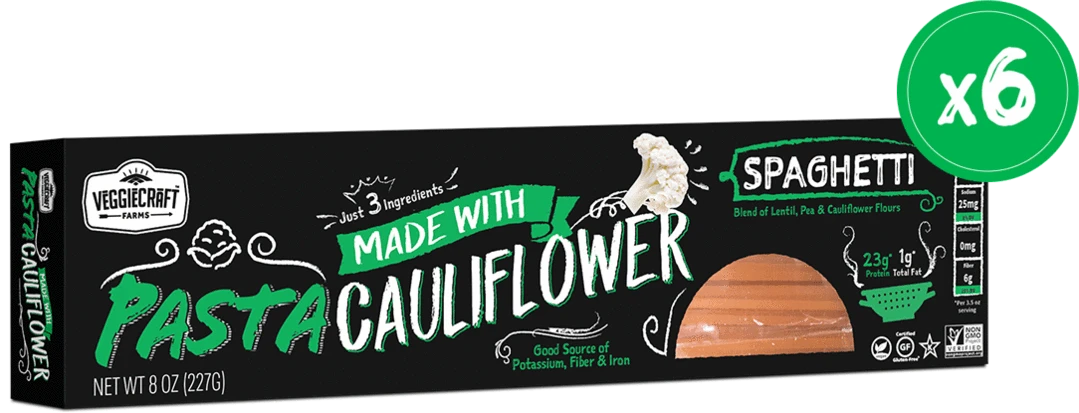
I wouldn’t say this Veggiecraft gluten-free, vegan, dairy-free, keto-friendly, soy-and-nut-free vegetable pasta was the worst thing I’ve ever tasted; I could see it being acceptable if you’re allergic to any of the many ingredients that notably aren’t in it. In a battle against regular pasta though, it’s going to lose.
The taste wasn’t that bad, but the texture was weird and vaguely gelatinous (something something your mom) and it was stinky in the way cauliflower and broccoli are kind of stinky, but without the sense of eating a fresh vegetable that usually comes with eating those.
10. Sample 10: Barilla Red Lentil Spaghetti
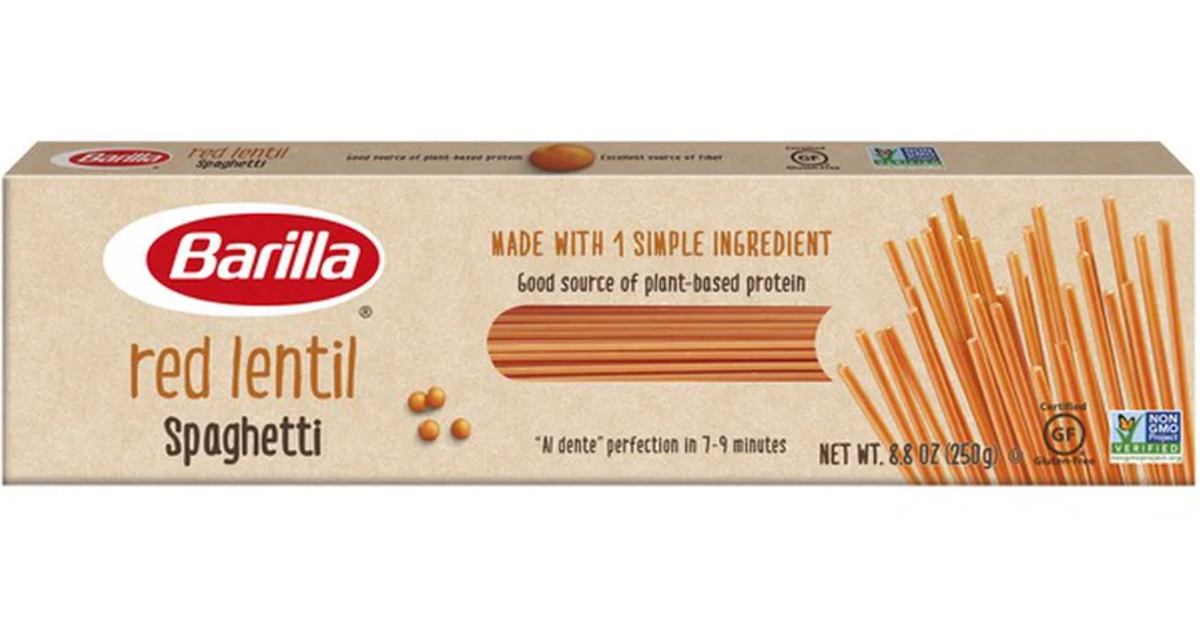
Again, maybe my censors are fried after sampling 15 jars of Alfredo sauce, but none of these pastas were that bad. This one, made from pure legumes, had a weird, non-stretchy texture and a vaguely powdery and vegetal aftertaste, but… it wasn’t terrible. If you absolutely had to have pasta made from beans for some reason, you could.
9. Sample 11: DeCecco Spaghetti no. 12 With Spinach
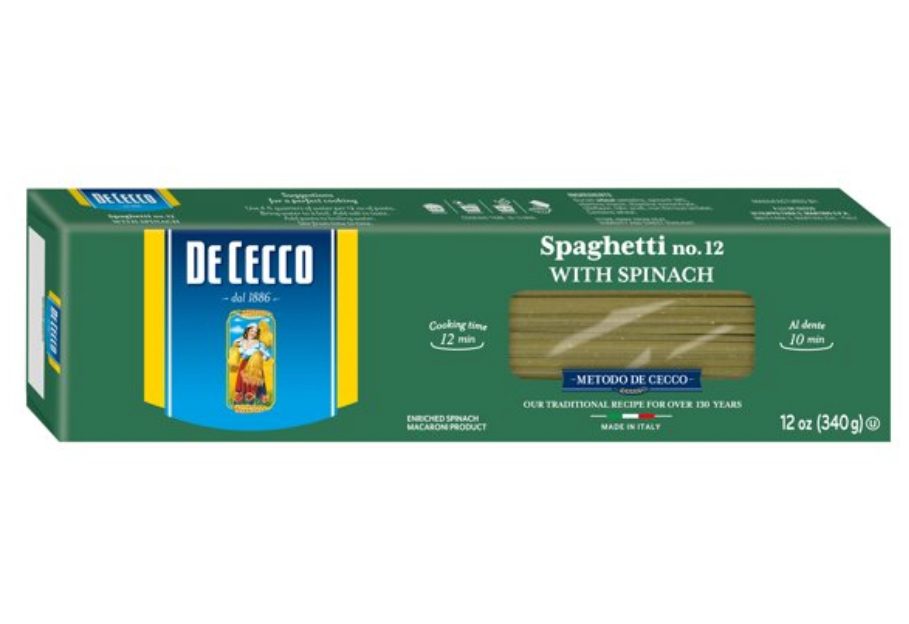
I always did wonder how much different those pretty green spinach noodles actually tasted and how much was just for looks. In the case of this dried version, I can now say: they do taste quite different. The spinach flavor was quite noticeable, even with other greenish pastas in the mix. Fresh spinach pastas are a different animal, but my verdict on this is basically: I like spinach. I like pasta. I don’t need spinach in my pasta.
It’s not a bad pasta I just don’t really see the point of it.
8. Sample 7: Gluten Free Full Circle Gluten Free Pasta Made From Corn And Rice
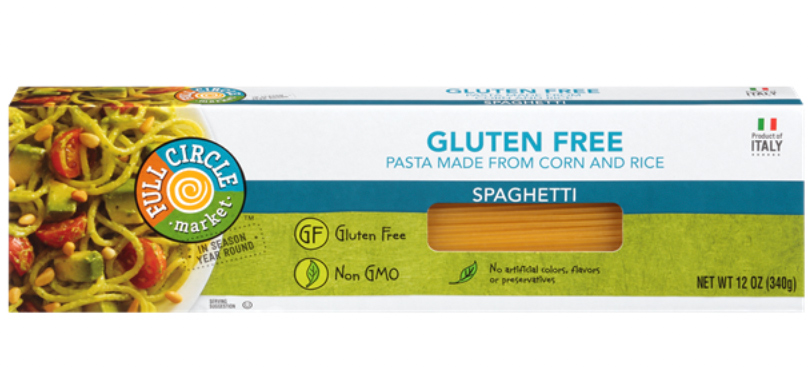
This corn and rice flour pasta definitely had a different, sort of chewier, grainier chew to it than regular pasta, but it really wasn’t bad. At worst it was a little tasteless. It did have a pretty yellow color.
7. Sample 8: Dreamfields Healthy Living Spaghetti
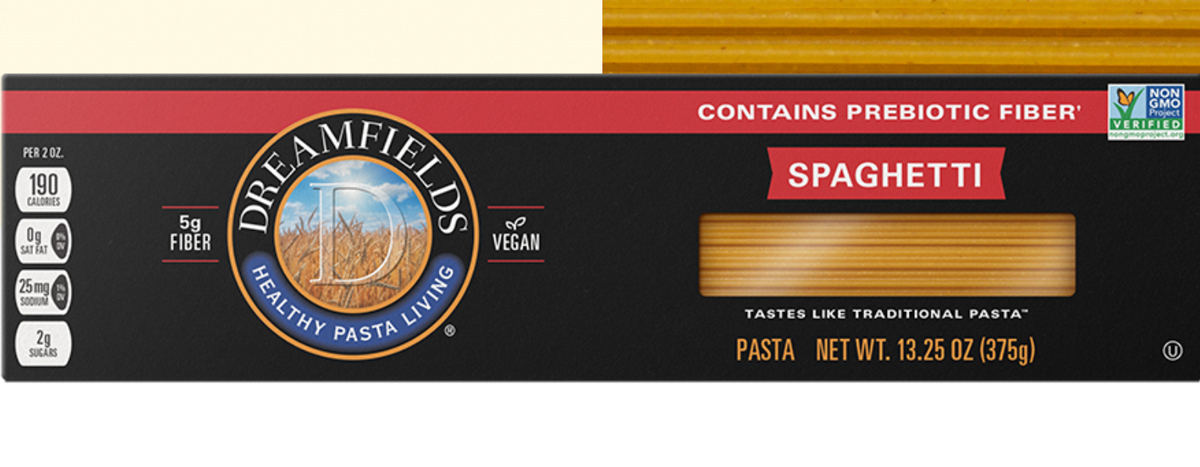
This Dreamfields Healthy Pasta Living spaghetti touts itself as “vegan” on the package, which is true, though… most traditional dry pasta is vegan, on account of the only ingredients are wheat flour and water. I guess the deal here is that it’s regular pasta with added fiber. Ingredients: Durum wheat semolina, inulin, wheat gluten, xanthan gum, wheat protein isolate, pectin, potassium chloride, niacin, iron (ferrous sulfate), thiamin mononitrate, riboflavin, folic acid.
Judged against the gluten-free and keto varieties, this is a little better (which makes sense, it’s neither gluten free nor keto). Judged against the regular pastas, it’s ever-so-slightly worse. Worse by a barely perceptible amount. I guess it depends how much taste you’re willing to sacrifice for about three more grams of fiber.
I’m not here to decide for you, you’ll have to discuss with your priest.
6. Sample 6: Barilla Protein+ Spaghetti
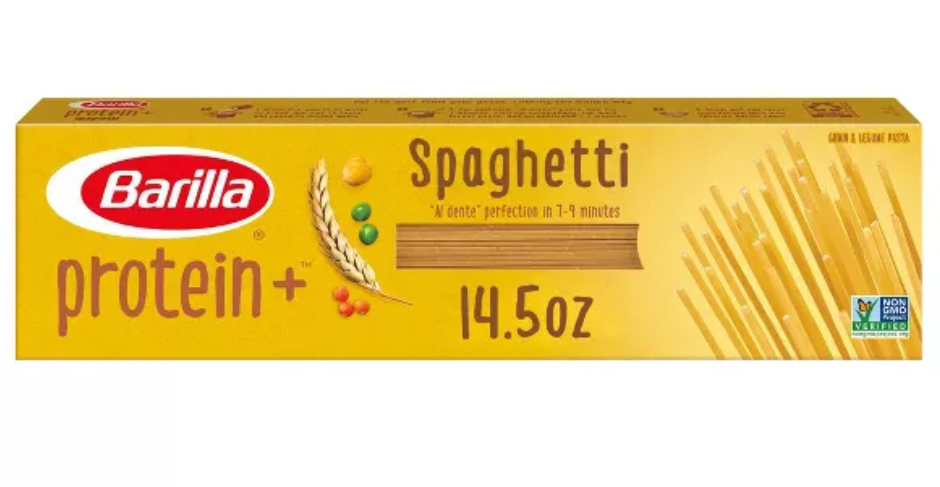
I suppose there are two ways to look at this. On the one hand, this Barilla product made with lentil, pea, chickpea, barley, and spelt flour was better than all the gluten-free options, and all the other lentil spaghettis. On the other, it’s not actually gluten free, so of course it is. Again, I guess it all depends on how much you need your pasta to be multi-grain and packed with legume protein. Taste wasn’t much different than the non-multi-grain options, so in that sense, why not? But it is just a little bit worse than those.
5. (tie) Samples two, three, and four. Garofalo Spaghetti, American Beauty Spaghetti, De Cecco Spaghetti No. 12
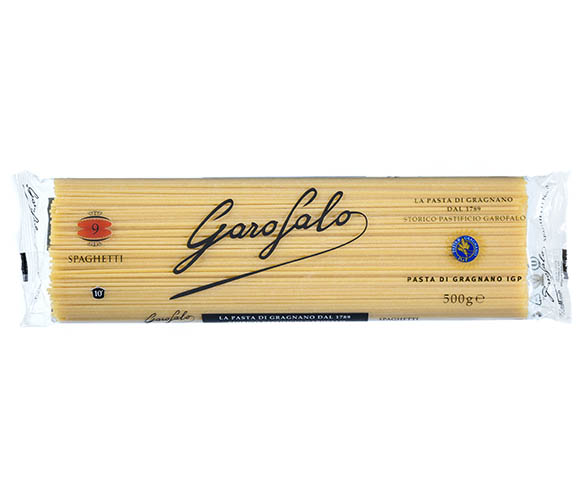
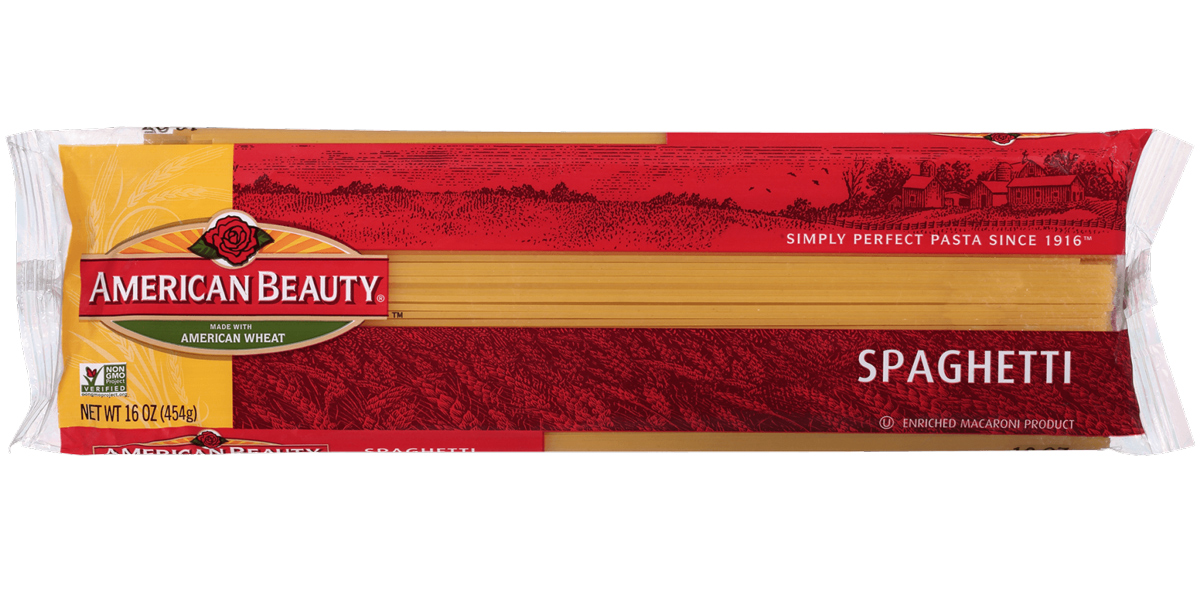
I came into this wondering whether there was a difference between the pasta brands I normally choose. The answer, it seems, is “a little,” but for the most part “no.” The difference between all the non-gluten free varieties was so negligible it was almost impossible to detect. With all of these, my notes were variations on “yep, tastes like pasta,” and I couldn’t tell these three apart at all.
They’re all good! Buy whichever one you want.
2. Sample 5: Barilla Artisanal
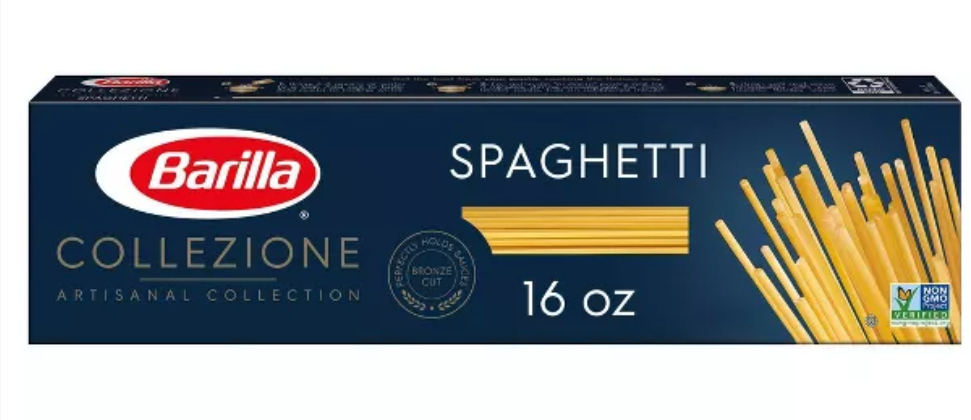
According to the website, Barilla does sell two types of spaghetti, the classic blue box and this “Collezione” version, “crafted using traditional Italian bronze plates for a homemade ‘al dente’ texture.”
My local supermarket only had this one so it’s a bit of a moot issue, but: this was great pasta! Which is to say it was infinitesimally (and I mean, the difference was incredibly small) better than the previous three. I won’t speculate as to what might account for that, but it’s what I thought. This one was slightly darker in color than the other non-gluten free varieties, with a slightly more complex aroma.
1. Sample 1: Rao’s
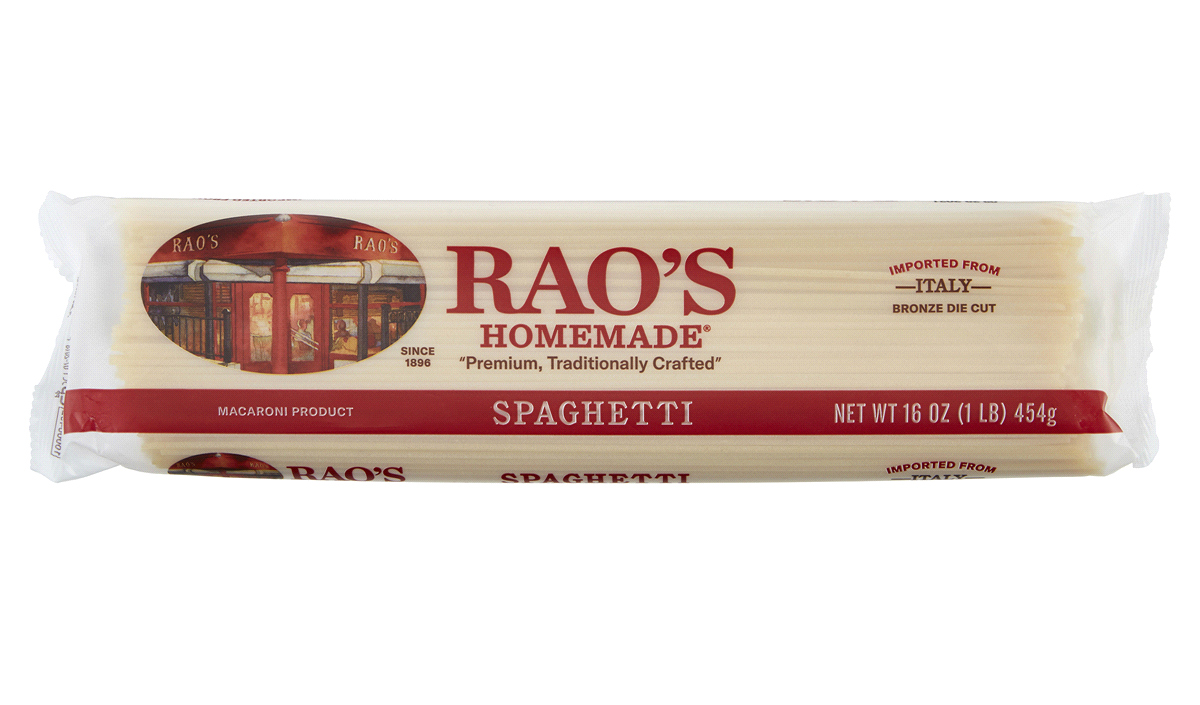
I swear I’m not being paid by the Rao’s company — I tasted all of these blind. I didn’t even really know they made dried pasta before this. And again, the difference between this and the other non-gluten-free varieties was vanishingly small, but the Rao’s had a just-barely-perceptible butteriness to them that the other ones lacked. I have no idea what accounts for this. It contains the same two ingredients as all the others, semolina flour and water, and like the Collezione, it also touts itself as being cut on traditional bronze dies.
All I can say is that if you want a pasta that’s so infinitesimally better than the others that probably no one will notice, go for the Rao’s.
Vince Mancini is on Twitter. You can check out his film review archive here.
